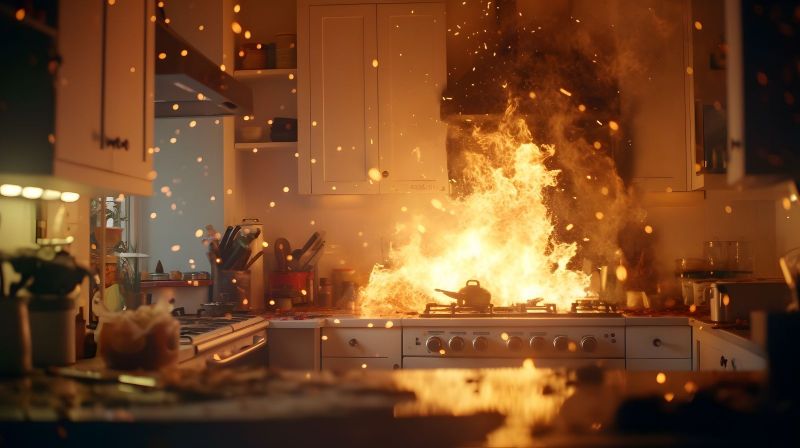A fire can leave behind devastating consequences for homeowners and business owners alike. The aftermath of a fire includes not only the physical damage to the property but also the emotional toll it takes on those affected. Fire damage restoration is a complex and challenging process that aims to restore the property to its pre-fire condition. In this comprehensive guide, we will walk you through the essential steps involved in fire damage restoration and provide valuable tips for a successful recovery after the flames.
Assessment and Safety Precautions
The first step in the fire damage restoration process is conducting a thorough assessment of the affected property. Trained professionals will inspect the property to determine the extent of the damage, assess structural integrity, and identify potential safety hazards. It is crucial to exercise caution during this phase, as compromised structures, electrical hazards, and other dangers may be present. Only when the property is deemed safe can the restoration work begin.
Securing the Property
Before restoration efforts can begin, it is essential to secure the property to prevent unauthorized access and protect it from further damage. Professionals may board up windows, doors, and other openings to keep out intruders and safeguard against external elements.
Water Removal and Drying
Firefighting efforts often leave properties soaked due to the use of water and chemicals to extinguish the flames. The next crucial step is water removal, which involves extracting standing water and drying out the property. Specialized equipment, such as pumps, wet vacuums, and dehumidifiers, are used to remove excess water and moisture from affected areas. Proper drying is vital to prevent secondary damage like mold growth and further structural deterioration.
Soot and Smoke Cleanup
Smoke and soot residues can be pervasive and cause significant damage to walls, ceilings, and personal belongings. Proper cleanup is essential to prevent these residues from permanently staining surfaces and to eliminate potential health hazards. Restoration professionals use specialized techniques and cleaning agents to effectively remove soot and smoke residues from various materials. Additionally, they address lingering odors with deodorization methods to restore a fresh and habitable environment.
Structural Repairs and Reconstruction
Once the property is clean and dry, the focus shifts to structural repairs and reconstruction. The intense heat from the fire can cause significant damage to the building's framework, walls, roofs, and floors. Qualified contractors and restoration experts work together to assess and repair the structural damage, ensuring that the property is safe and stable.
Content Restoration
In many fire incidents, personal belongings and valuable items may suffer damage due to the fire, smoke, or water used in firefighting efforts. Restoration professionals are skilled in salvaging and restoring as many of these items as possible. Content restoration may involve specialized cleaning techniques, deodorization, and, in some cases, off-site restoration services to ensure the best possible outcome for the affected belongings.
Addressing Water Damage
In addition to the damage caused by the fire itself, properties often suffer from water damage due to firefighting efforts. Lingering moisture can lead to mold growth, structural deterioration, and other issues. Properly addressing water damage is essential during the fire damage restoration process. This includes not only removing excess water but also thoroughly drying affected areas and implementing measures to prevent future water-related issues.
Working with Insurance Companies
Dealing with insurance companies can be a daunting task after a fire. Homeowners and business owners should promptly contact their insurance provider to initiate the claims process. Documenting the extent of the fire damage, as well as all restoration and recovery efforts, is crucial for a successful insurance claim. Working with a reputable fire damage restoration company that has experience in dealing with insurance claims can significantly simplify this process.
Emotional Support and Coping with the Aftermath
Recovering from a fire goes beyond physical restoration; it also involves emotional healing. A fire can be a traumatic event, and those affected may experience a range of emotions, including fear, grief, and stress. Seeking emotional support from family, friends, or professional counselors can be instrumental in coping with the aftermath of a fire. Remember that it's okay to ask for help and take the time needed to heal emotionally while the physical restoration is underway.
After the flames have been extinguished, the journey to recovery begins. Fire damage restoration is a complex process that requires expertise, dedication, and a well-thought-out plan. By understanding the essential steps involved and seeking the assistance of trained professionals, homeowners and business owners can successfully navigate the path to restoring their property and their lives after a fire. Remember that time, patience, and emotional support are essential components of the healing and restoration process, allowing you to rebuild and move forward with renewed strength and resilience.

